Ready for a Change? How to Successfully Transition into Finance Mid-Career
Why More Professionals Are Pivoting into Finance (and How You Can Too)

You have built a solid career. Perhaps you have led projects, managed teams, or worked across complex business operations. But now you are ready for something different—something that offers greater growth, long-term stability, and new challenges. Finance may be the right next step.
More mid-career professionals across Canada are successfully pivoting into finance. They are not starting over—they are repositioning the experience, business acumen, and transferable skills they already have. This guide outlines exactly how to make that move, including certifications to consider, resume strategy, and practical entry points into the industry.
Why Finance? Why Now?
Finance is one of the most in-demand and resilient career paths in Canada. It offers long-term career growth, cross-industry mobility, and compensation that often outpaces national averages.
According to Statistics Canada, employment in the finance and insurance sector has increased by 22 percent over the past ten years. Demand continues to rise for professionals who understand numbers, drive efficiency, and support strategic decision-making.
From small businesses to global corporations, nearly every organization relies on financial professionals to operate effectively. If you bring leadership, strategic thinking, or analytical skills, there is room for you in the finance world.
Step One: Start with What You Already Have
Your current experience likely includes more finance-relevant skills than you realize. Common transferable skills from other industries include:
- Budgeting and forecasting
- Project and operations management
- Data interpretation and reporting
- Vendor and contract oversight
- KPI tracking and performance analysis
- Spreadsheet proficiency (Excel, Google Sheets)
- Communication and stakeholder management
The key is to reframe these experiences in financial terms. For example, if you managed project budgets, you have experience with financial tracking. If you led performance reporting, you were likely analysing key financial indicators. You do not need to start over—you need to tell your story differently.
Step Two: Choose Your Finance Focus
Finance is a broad field. Understanding where your interests and experience align can help you enter the industry more efficiently.
Common mid-career entry points into finance include:
- Financial Analyst
- Accounting Coordinator or Specialist
- Business Analyst (Finance Focus)
- Revenue or Budget Analyst
- Compliance or Risk Officer
- Financial Planning and Analysis (FP&A) Support
If you enjoy working with numbers, solving business problems, and improving systems, many of these roles could be a strong fit.
Step Three: Upskill with the Right Certifications
Credentials can accelerate your transition and build employer confidence. In Canada, the most widely respected certifications include:
- CPA (Chartered Professional Accountant): Essential for accounting, controllership, and audit roles
- CFA (Chartered Financial Analyst): Ideal for investment and capital markets careers
- CBV (Chartered Business Valuator): Useful for M&A, business valuation, and finance advisory work
- QAFP/CFP (Financial Planning): Recommended for personal finance and client advisory roles
If you are not ready for a full designation, short-format courses can still have impact. Consider financial modelling, Excel for finance, Power BI, or financial statement analysis. These credentials show that you are serious about your transition and willing to learn.
Tip: Add any new certifications to your LinkedIn profile—even while in progress.
Step Four: Rebrand Yourself for Finance
Mid-career professionals must clearly communicate why they are making the switch and what they bring to the table. Your resume, cover letter, and LinkedIn profile should highlight your transferable skills, financial impact, and ongoing learning.
Position yourself as a strategic problem-solver with financial fluency.
Update your resume to include:
- Financial terminology (budget variance, forecasting, reporting)
- Metrics and outcomes (e.g., managed $1M budget, reduced costs by 15 percent)
- Tools and systems (Excel, NetSuite, QuickBooks, etc.)
- Certifications and coursework in progress
LinkedIn headline example:
Operations Leader | Transitioning to Finance | CPA Candidate | Strategic Budgeting | Business Analysis
Step Five: Consider Bridge Roles
Many professionals enter finance through a hybrid or stepping-stone role. These allow you to build credibility within a finance team while applying your previous experience.
Examples include:
- Business or Operations Analyst
- Finance or Accounting Assistant
- Financial Systems Support or Implementation Analyst
- Project Coordinator (Finance department)
- Billing or Accounts Payable/Receivable roles
These positions are often easier to land and can lead to internal promotions or lateral moves as you gain more experience.
Step Six: Work with a Recruiter Who Understands Transitions
Not every recruiter is focused on traditional finance resumes. At Kassen Recruitment, we regularly work with professionals transitioning into finance from other industries. We understand how to position your background to hiring managers and identify roles that match your experience level and goals.
We can help with:
- Resume and profile feedback
- Interview preparation tailored to career switchers
- Role recommendations that align with your growth path
- Salary guidance based on market conditions
You do not have to navigate this alone. Having a strategic partner makes a significant difference in how quickly and successfully you transition.
Final Thoughts
You do not need to start over to start something new. A mid-career switch into finance is realistic, achievable, and increasingly common in today’s workforce. With the right combination of upskilling, strategic branding, and support, you can take everything you have built so far—and apply it in a way that offers long-term growth and new challenges.
This is not a restart. It is a reframe.










